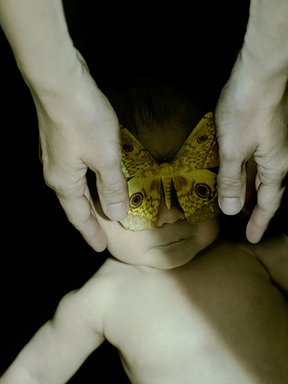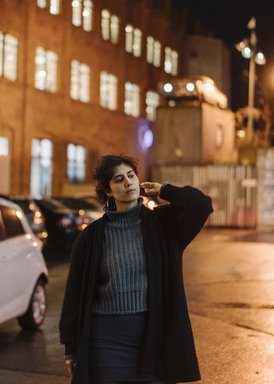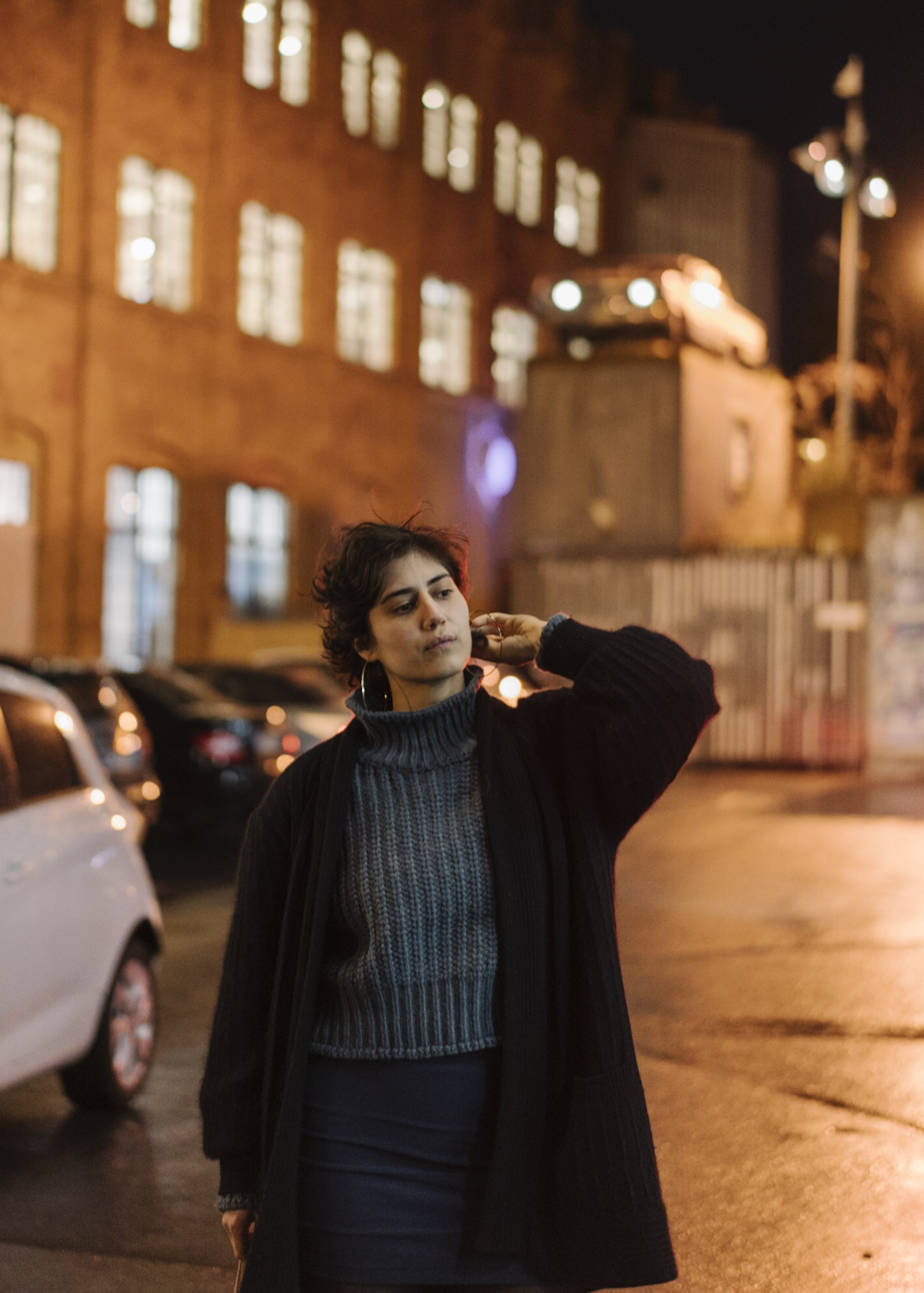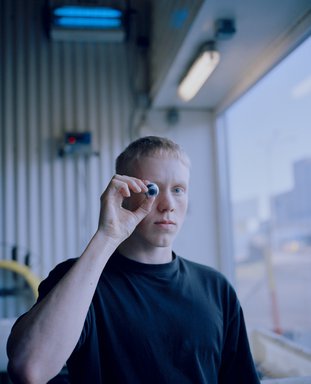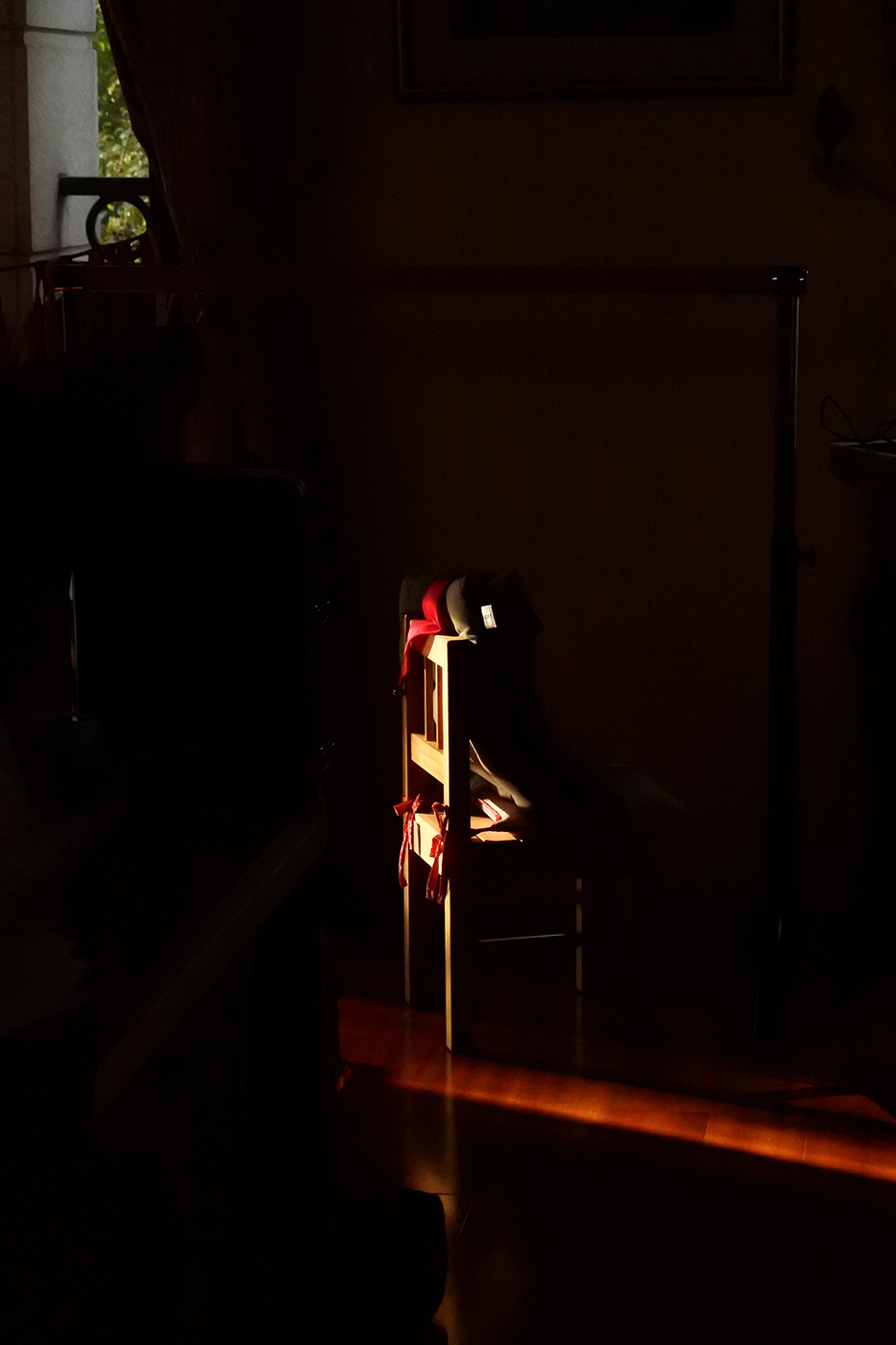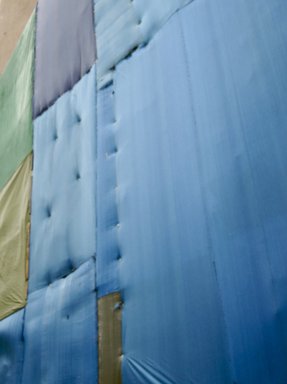Nina Welch-Kling | Duologues
Nina Welch-Kling | Duologues
Jury member Andreas Langen about "Duologues": 'The errant poet Ezra Pound might have liked what Nina Welch-Kling visualizes: 'In a station of the Metro / the apparition of these faces in the crowd / petals on a wet black bough.' The appearance of faces in the crowd of a metro station, like petals on a wet black bough. Chance, contrast, coincidence, friction, merging - all elements from the surrealists' construction kit. The whole thing in the big city, and not just any big city, but the city of all modern cities; no matter how gigantic the dimensions may be in the meantime in Chinese special economic zones or oil-soaked sheikdoms. New York is the place where Nina Welch-Kling lives and photographs, with rapid accuracy and fabulous momentary awareness. At the same time, several of her street shots seem to bow to greats of photographic history; or does it only seem that way because so many master photographers have created iconic images in the vertical city? In any case, Nina Welch-Kling's finds and compositions are a feast for the eyes. And that the Schweinfurt native, after decades of living and working in the U.S., is now sharing Good News from the Big Apple with us in spring '21, is a special treat.' Welch-Kling about her work: 'I love to wander the streets and observe people. My series, Duologues, records fragments of these encounters. It is a play between two images creating meanings belonging to neither— a discovery process each viewer interprets differently. Reminiscent of the idea of synchronicity, an idea that describes meaningful coincidences, my pairings intentionally produce uncanny relationships. I match the images by playing a game of Memory: finding in each image shapes, gestures, and symbols that rhyme. The rhyming may occur within the major elements in the image, such as the subject, or in minute details that otherwise might go unnoticed. By pairing two photos that occurred at different moments in time, the story that emerges can bring them together. The final sequence feels deeply connected, even though the encounters on the street were random.' Short Bio: Nina Welch-Kling is a New York City-based photographer. Originally from a small town in southern Germany, Welch-Kling combines her background in architecture and design and love of roaming the city streets, to inform her photographic depictions of everyday life. Welch-Kling earned a B.F.A. with a focus in Interior Design from the School of the Art Institute of Chicago in 1990 and a Master in Architecture from The University of California, Los Angeles in 1993. She has resided in New York City since 1995, married with two now college-aged daughters. While raising her children, Welch-Kling discovered her passion for photography. She studied photography in online classes and later, at the International Center of Photography. In 2020, Welch-Kling was a recipient of the LensCulture Critics’ Choice Award as well as a finalist in the LensCulture Street Photography Awards. Welch-Kling's work has been included in multiple international photography exhibitions. In March of 2021, the book “Women Street Photographers” edited by Gulnara Samoilova, published by Prestel will feature Welch-Kling’s photography. Her most recent interview can be found on the upphotographers.com website. https://www.instagram.com/ninakling/ https://www.facebook.com/nina.w.kling https://www.ninaklingphotography.com/
Format:
Photo / Video


